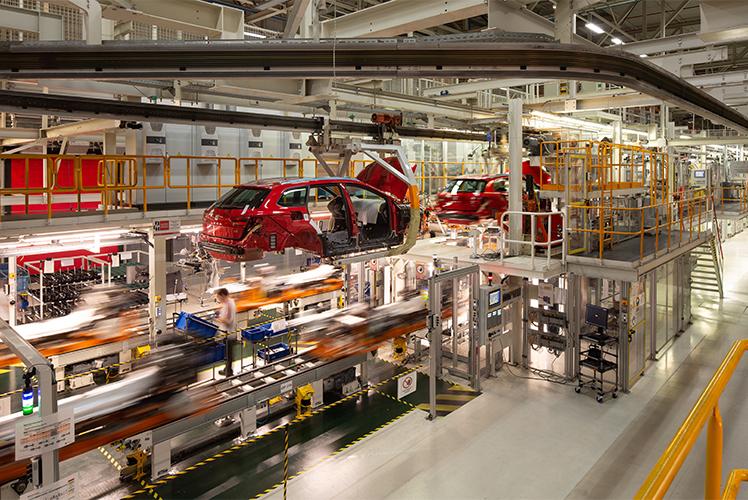
SEAT SA: Industry 4.0 and 5G
This use case developed by SEAT SA concerns the use of a private 5G network as a basis for deploying a platform to enable assets to be located inside a factory.
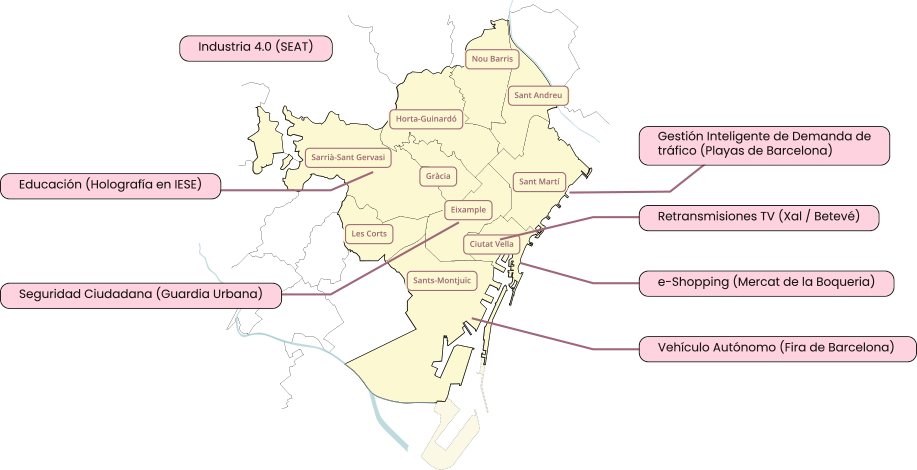

This use case developed by SEAT SA concerns the use of a private 5G network as a basis for deploying a platform to enable assets to be located inside a factory.
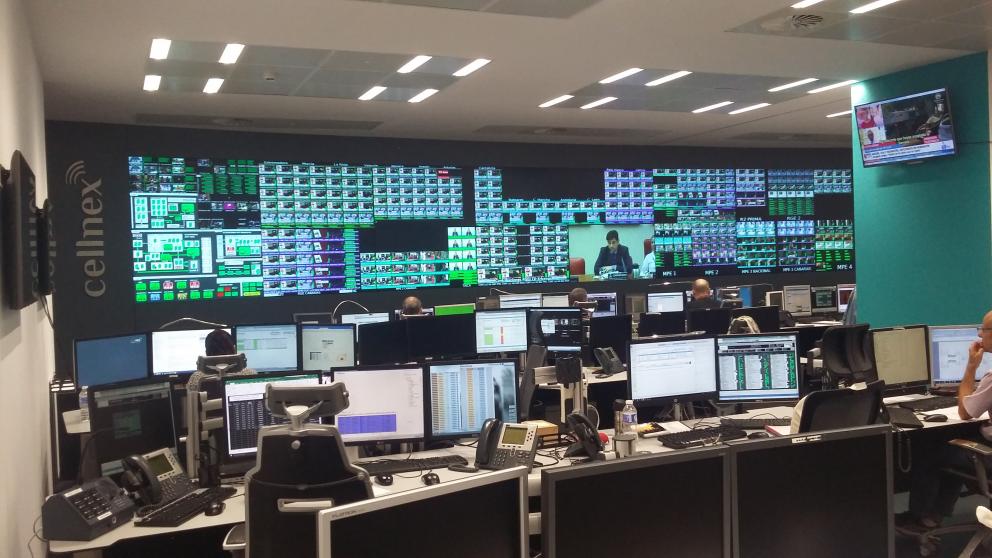
Barcelona will be the scenario of a fully 5G network roll-out, enabled to carry out the use cases contemplated in the project, which will remain in operation once the project is completed.
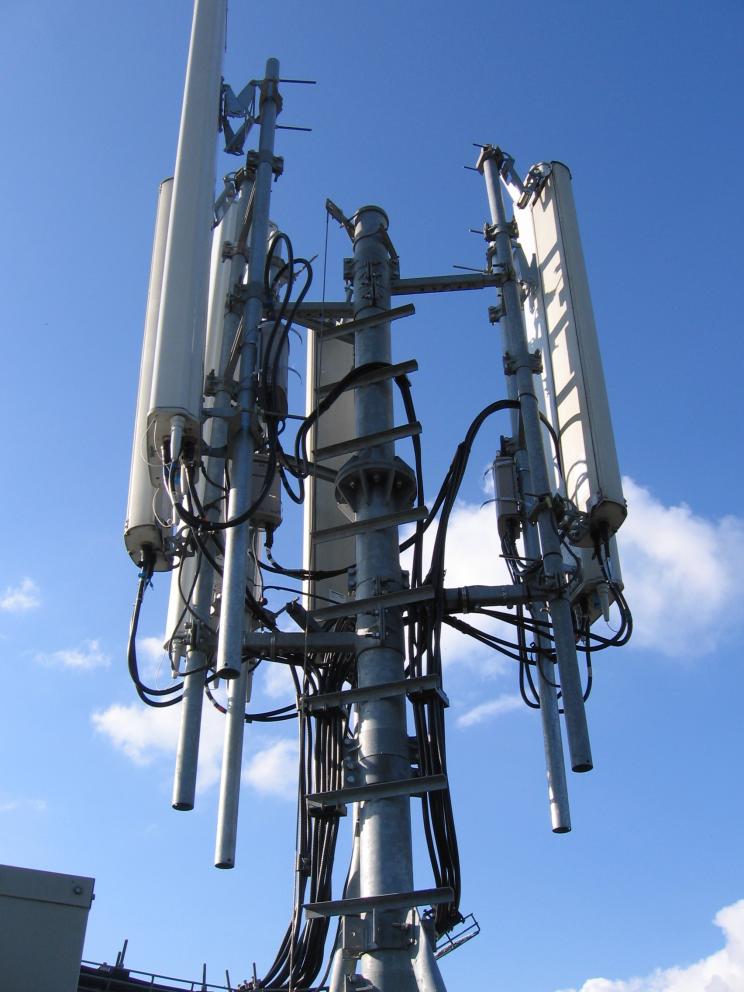
This pilot aims to show the advantages that 5G technology brings to audiovisual production.

This project aims to enrich the online shopping experience using augmented reality for sellers and buyers alike.
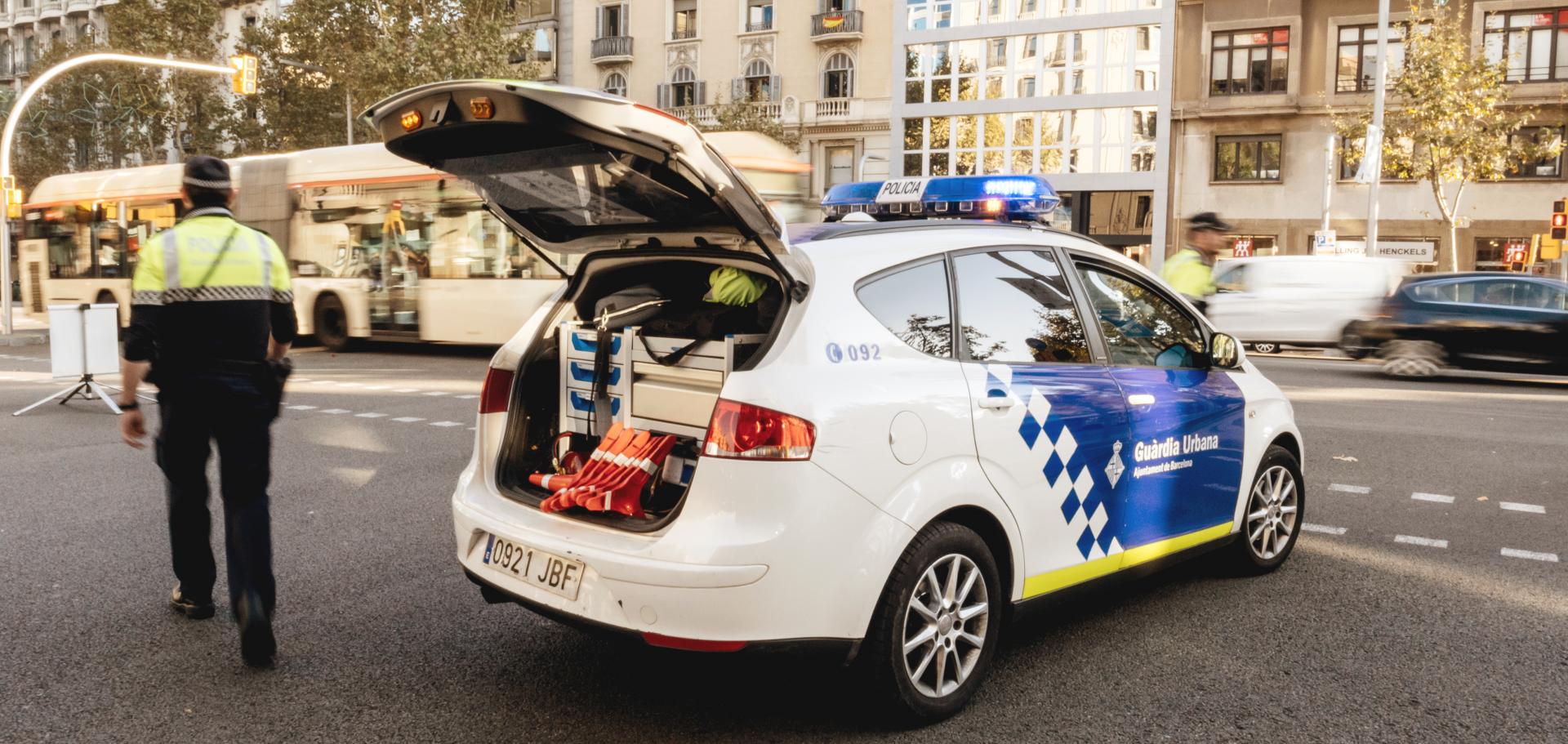
Prevention, rapid intervention and drawing conclusions by analysing situations that have already occurred.

This pilot aims to show how the neutral host model enables efficient and flexible 5G network deployment and extends connectivity services to shadow areas

This use case is aimed at creating a holographic support for distance learning environments.

This project, in which Fira de Barcelona intervenes, aims to provide mobility solutions in large closed spaces in a sustainable way.
5G applied to autonomous mobility can be an innovative and reliable solution for safer driverless vehicle mobility. This was demonstrated by a pilot test run in Barcelona, led by Parlem Telecom, within the 5G Catalunya project. The simulation was carried out thanks to the AI-driven image recognition and vehicular communication applications developed by i2cat research centre under the direction of Parlem. These applications are installed on Lenovo’s edge computing server and are used through the network deployed by Cellnex with the frequencies owned by Masmóvil.
The 5G Catalunya pilot project developed and validated an Industry 4.0 use case to track indoor assets, applying a hybrid solution combining UWB technology with advanced features of 5G technology. Four of UTE 5G Catalunya’s eight partners —Atos, Cellnex, Lenovo and Nae— participated in the pilot, with the collaboration of SEAT and Accent Systems.
The 5G Catalunya pilot project has demonstrated a 5G networks use case to better manage emergencies, traffic and public safety. Cellnex Telecom and Nearby Computing led the project using Lenovo technology, with the collaboration of the Barcelona Urban Police force (Guardia Urbana), Municipal I.T. Institute of the Barcelona City Council and various start-ups providing end applications.
The 5G Catalunya pilot project has demonstrated a new multi-operator virtualised 5G network deployment model to provide an efficient solution to the growing demand for network capacity in high-traffic areas. Cellnex Telecom, Masmovil Group, Lenovo and Nae participated in this project.
The 5G Catalunya pilot has performed a demonstration of a use case for editing, producing and broadcasting a multi-camera television programme in the cloud using a private 5G network. La Xarxa, betevé, Cellnex Telecom, Lenovo, Masmovil, Nae and TVU Networks participated in this project.
How to use a 5G technology-powered solution to make adolescents in urban and nightlife settings safer. This was the challenge that the 5G Catalunya pilot project put to participating teams in the fifth Innova&acción Business Challenge hackathon, which Innova&acción, of the Valencian Community’s Polytechnic Foundation, organised this past weekend.
The 5G Catalunya pilot project is taking part as a challenger in the fifth Innova&acción Business Challenge hackathon, organised by Innova&acción, of the Polytechnic Foundation of the Valencian Community. The event is a 24-hour marathon of open innovation that will take place this Friday and Saturday in Valencia.
The 5G Catalunya pilot programme has developed and validated a use case of bidirectional holography applied to distance learning, an advanced technology based on the development of 5G networks. Cellnex, Masmovil, Aumenta Solutions, Lenovo and Nae, five of the eight partners of UTE 5G Catalunya, participated in this project with the collaboration of Barcelona Activa.
In an increasingly complex world, companies must be able to mobilise all available talent to face the challenges of the future. Open innovation is a powerful tool that allows companies to go beyond their limits. Using open innovation, the 5Gcat project aims to keep establishing our country as a benchmark in the roll-out of this technology.
We are advancing inexorably towards a new world in which everything will change. The way goods are produced and transported is going through a great
In an era of whirlwind change like ours, we need to have the best partner to adapt to the new environment and embrace the knowledge and new forms of relationships that will shape the future. Connection and connectivity will be of key importance to stay ahead and harness all the opportunities that are yet to come.
5G is appearing as an ally in the fight against climatic change. The great telecommunications revolution offers a series of tools (low latency, multiple users, ultra high-definition imagery, etc.) that can help public and private managers to make decisions and to act in the face of possible events caused by climate change.
The autonomous vehicle, one of the great pending transformations for illuminating the society of the future, will become a reality with the roll-out of the so-called “super high” features of 5G.
New mobile technology and augmented reality glasses make it possible to shop at La Boqueria market from home without missing a single detail
Energy is now a very prominent part of any household budget. Over time we have become familiar with a series of concepts to help us understand our electricity bills. We have learned about off-peak hours and peak hours so that we can decide when to use the washing machine or the dishwasher, and when not to. Energy saving has become a priority and so has efficiency.
The mobility of the future is strongly linked to sustainability and environmental conservation. In this context the advantages offered by 5G communications are crucial. A vehicle that is permanently connected to its surroundings (road, traffic lights, other vehicles, etc.) means safer and more efficient mobility. It is an increasingly near future that will be possible thanks, among other things, to the low latency guaranteed by 5G, all but doing away with response time lag in the event of, say, a possible collision.
Copernicus, Leonardo da Vinci, Newton and Einstein were great visionaries who broadened our view of the universe and hence expanded our knowledge of reality and of ourselves. They did so by breaking established moulds and changing the scientific paradigm of their time. On a different scale, 5G ushers in a new era for industry, an activity that is vital to the world we live in.
5G technology is a gateway to new services hitherto unheard of and, at the same time, an ally of more modern and efficient local administration. This is how the 5GCat project was presented at the latest edition of the Mobile World Congress (MWC), marked by security measures to counter the pandemic and by the great expectations of economic revival that the new connectivity offers all sectors.
Life is about decisions. Sometimes we have enough time to take them. Other times, we have to choose immediately between various options. Any delay can be detrimental and change the course of events. The most important thing when taking decisions is to have as much information as possible and a clear hierarchy of values.
Technology is a great help and it will be a lever for the recovery from the present difficulties. First, 5G, a very fruitful revolution that will give a definite boost to the digital transformation of society, will bring us new services and will drive a leap forward in the automation of industry and logistics.
See reality with fresh eyes. Break down geographical barriers. Feel that you’re in another place and practically touch it. Get a little closer to the gift of ubiquity. Experience situations as you never have before. All this and much more is what 5G is going to bring us, a technological revolution that will give us a different view of the world.
What actually is a city? Why do we live together in such confined spaces? How will we interact in future? How will megacities deal with the challenges of public health, climate change and mobility? What will be the role of small and medium-sized cities? All these unknowns are up for discussion today and herald a paradigm shift in which technology will play a decisive role.
On 16 November 2020, then Third Deputy Prime Minister and Minister of Economic Affairs and Digital Transformation, Nadia Calviño, officially opened the second call for the 5G pilot programme run by Red.es
Cofinanciado con Fondos de Desarrollo Regional de la Union Europea (FEDER)
